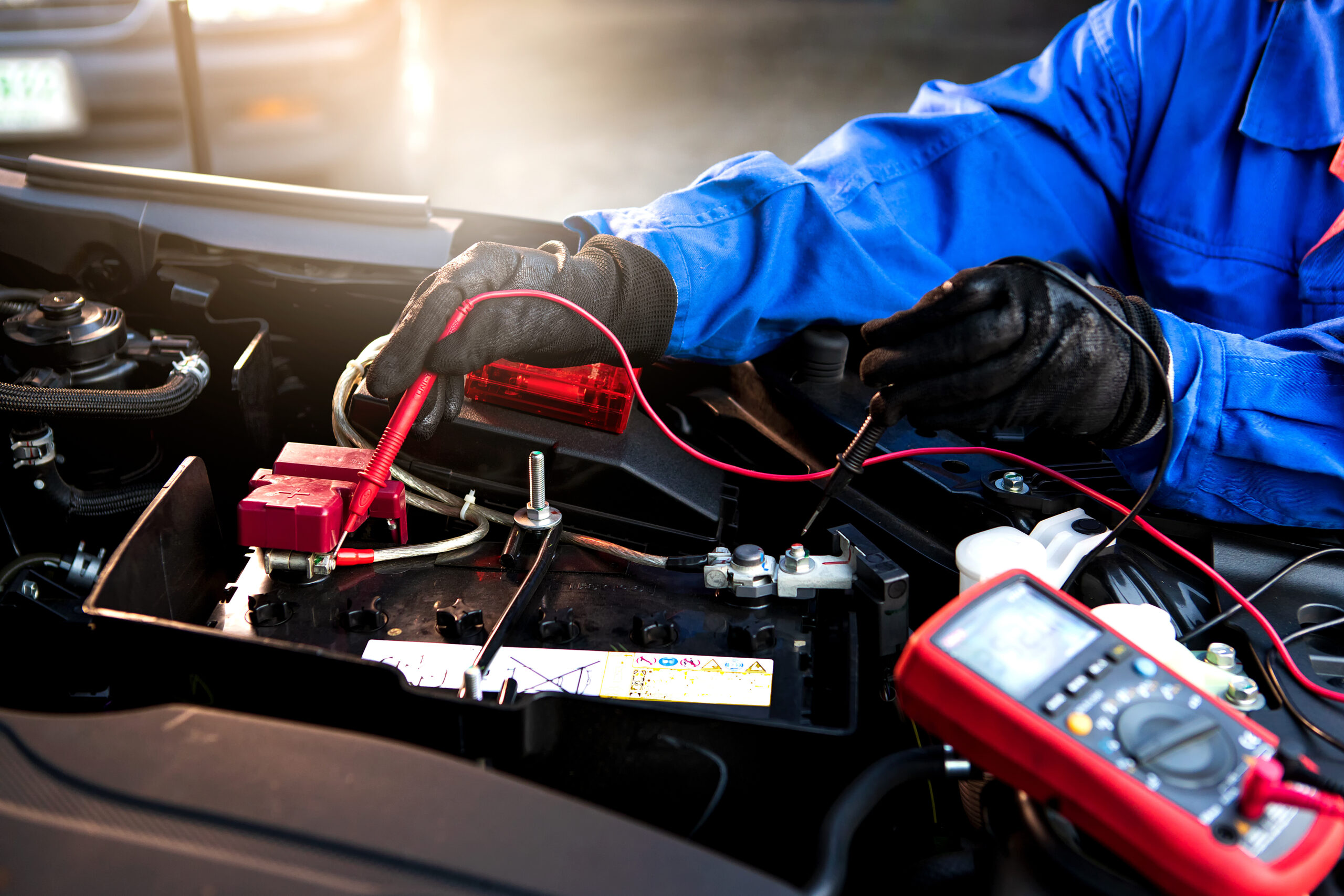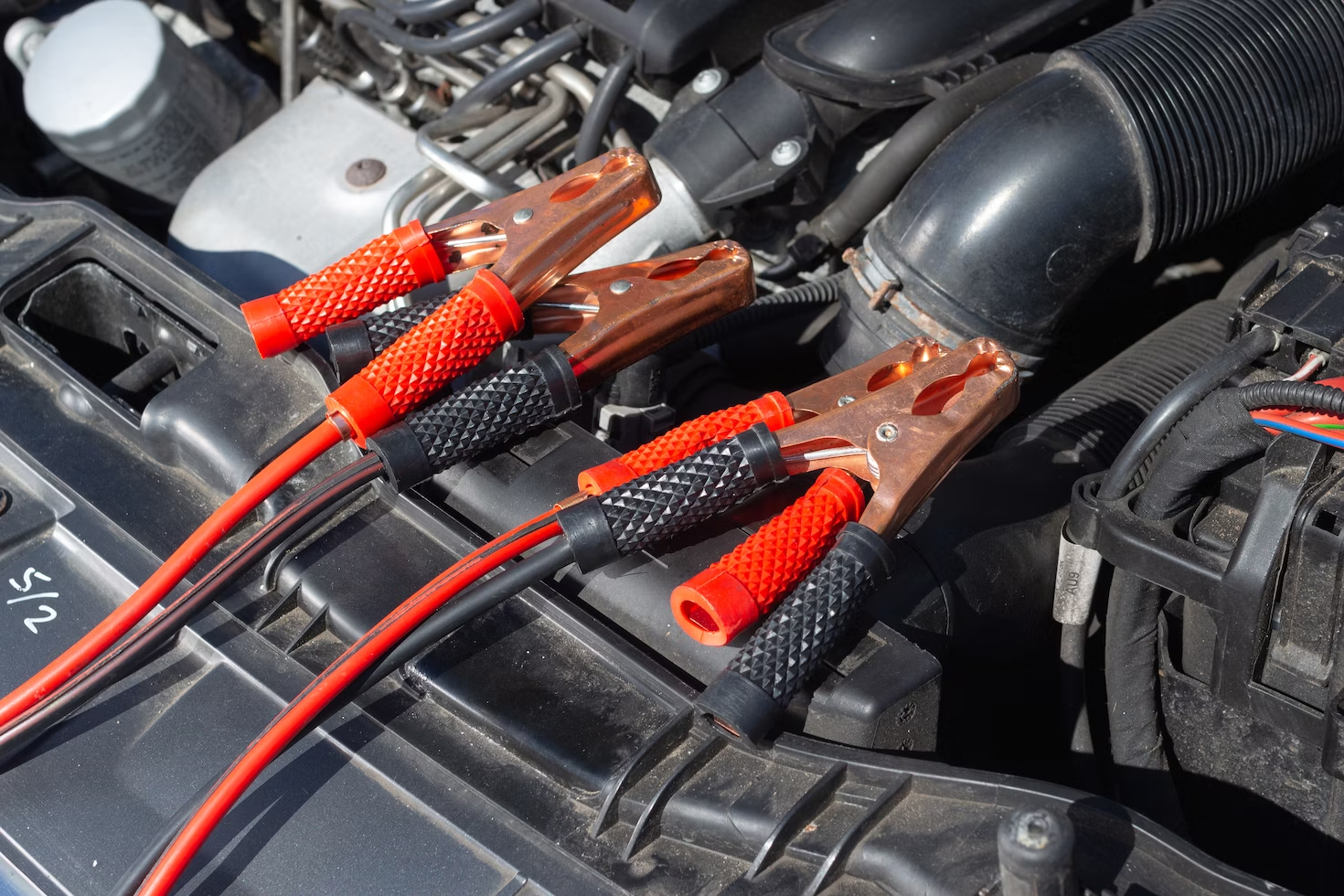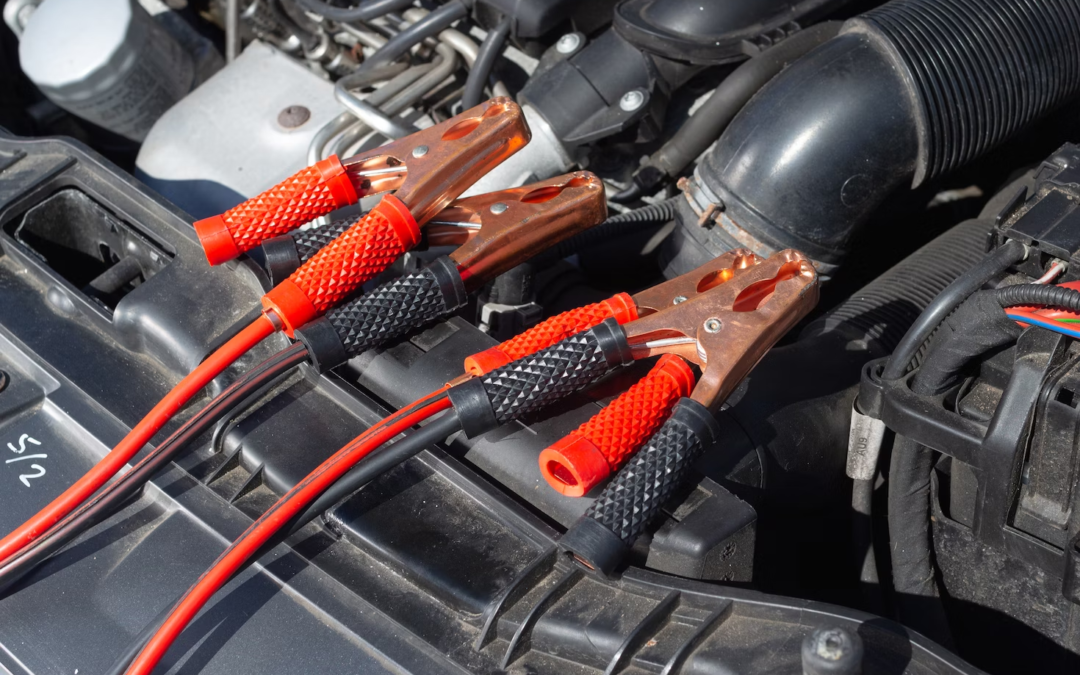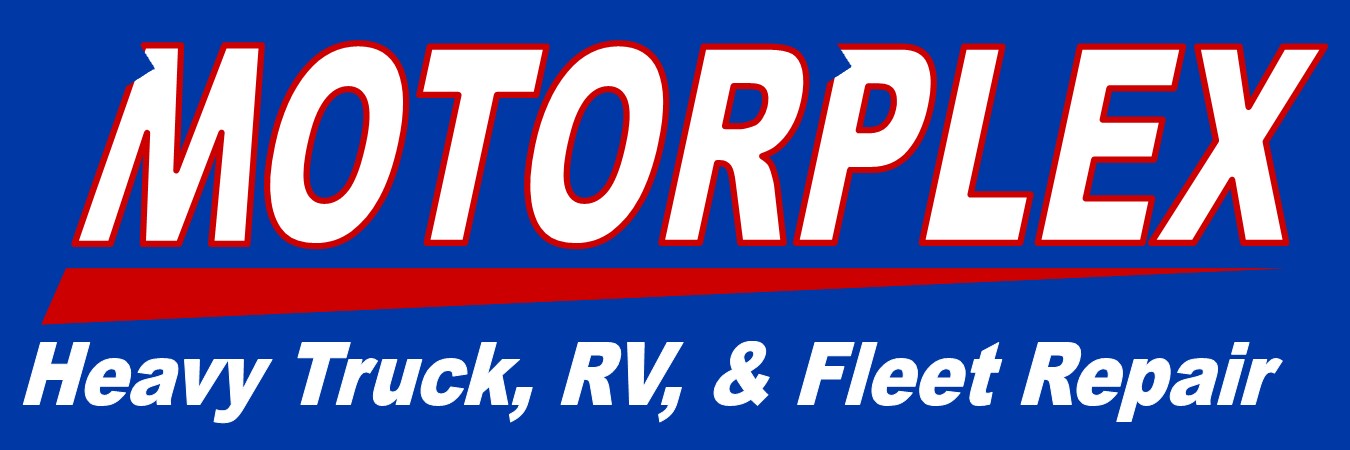While professional fleet maintenance is essential, it’s as important as being personally familiar with your fleet. That’s why fleet owners should be able to do some DIY fleet maintenance. Battery testing, for example, is a vital part of any functional and safe fleet. This testing should be part of pre- and post-trip inspections to keep your fleet safe until a professional check.
1. Check the Battery Connection
Proper battery connections are an important check, as, without a working battery, your fleet won’t run. Before running into trouble in an urgent situation, take the time to do regular fleet battery maintenance.
If the battery is fully charged but still causing trouble, it could be the connection. Check for any signs of corrosion or rust in the connection, which cause blocks. If there is any, clean the connections carefully to clear the battery connection again. If that doesn’t clear the issue, check the chassis and clean it if needed. A final check is the motor, which may have loose connections.
2. State of Charge Always Matters
State of charge (SoC) is another factor affecting your battery and testing results. Surface charge on a battery is created when it is fully charged and has an excess charge on its surface. Testing the health and status of the battery is part of battery testing, which is why you want an accurate reading.
Start by relieving the battery surface by adding a load for excess charge. That can be as simple as turning on the high beams for a few seconds or turning on another system. Once the battery is ready, you can test it again and get an accurate reading. If you have a battery with a low SoC, simply charge the battery first so you get the most accurate reading during your DIY fleet maintenance check.
3. Be Familiar with Battery Resistance
All batteries develop internal resistance over time, which increases as the battery ages. Monitoring and tracking this internal resistance will help assess the battery’s lifecycle. As a fleet owner, this will be key in keeping your fleet in top performance. Knowing when your fleet will need a battery replacement is a great predictive and proactive skill. That will help eliminate equipment downtime and save unexpected repairs or break costs.
4. Always Test the Battery in Every Vehicle
Don’t just test vehicles about to go on a trip or have returned; while important, check the others. Vehicles that are sitting in the bay or yard should still have regular fleet battery maintenance inspections instead of waiting until those vehicles are about to head out. If you find a potential problem or a battery nearing its end of life, you can do some fleet battery maintenance immediately. It also keeps your drivers safe and offers greater peace of mind when they get on the road for a trip.
5. Choose the Best Battery Testing for You
There is no singular “best” battery testing method to follow every single time. Just as each fleet and fleet owner is unique, the same goes for battery testing. Use the method you are the most comfortable or familiar with. And the one that best meets your fleet’s workflow for those DIY fleet maintenance checks.
If you’re unsure or are uncomfortable with DIY fleet maintenance tasks like this, connect with us. We offer complete fleet services for heavy trucks and medium and light autos.





